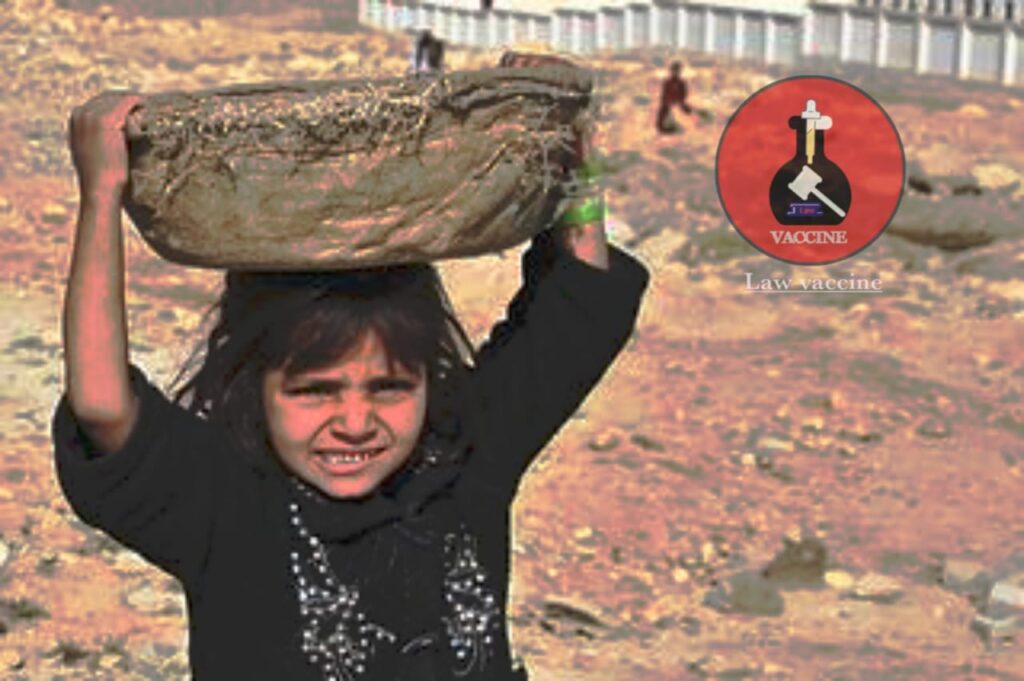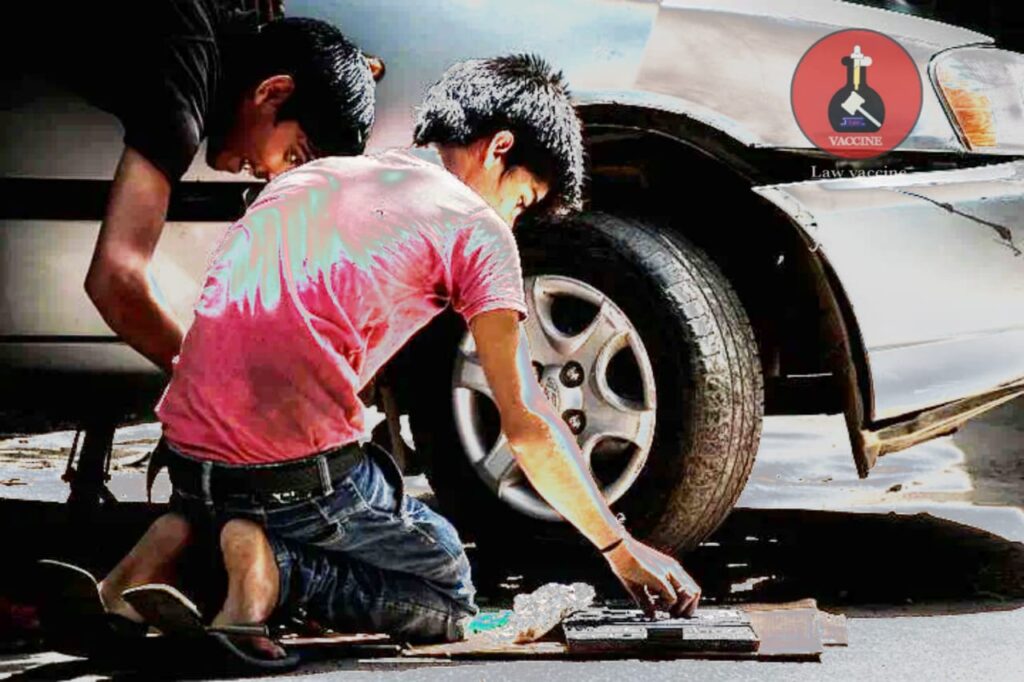World Day Against Child Labour
What is the theme for World Day Against Child Labour 2021?
Act Now to End Child Labour!
This year ‘World Day Against Child Labour’ 2021 reflects on actions made for the universal year of child labour abolition. It is the primary World Day since the ILO’s Convention No. 182 on the Worst form of Child Labour was adopted uniformly and it comes at a time when the COVID-19 crisis threatens to overturn years of success in tackling the problem.
Especially considering the fact that 2021 is the United Nations Year for the Abolition of Child Labor, the number of children and young people forced to work is projected to increase this year for the first time in two decades owing to staggering levels of global disparity, compounded by the disproportionate reaction to the COVID-19 pandemic.
It also encourages a “Week of Action” around the 12th of June for this year’s World Day, beginning with the release of the latest global figures on child Labour.
This week’s gatherings and programs would include an incentive for participants to demonstrate success in carrying out their “2021 Action Pledges.”
Why is most of the world against Child Labour?
Each and every child needs a peaceful and safe childhood, as well as the opportunity to complete learning.
Considering ’World Day Against Child Labour’ the child must be thoroughly educated to live an independent life in society, he must be ingrained with the values of harmony, integrity, democracy, independence, equality, and unity.
Also, it reacts to future of countries and for better future every government, parents and country want to be their child educated.
Almost one-third population contains children in the world. As a result, they must be cared for and preserved in order to maintain and enhance posterity. Children are an integral part of the societal system, and their possible future carries over the culture.
What has the United Nations done to eliminate Child Labour?
.The UN taking measures on ‘World Day Against Child Labor’ by “Taking immediate and effective steps to eliminate forced Labour, industrial slavery, and sex trafficking, as well as the ban and abolition of the worst forms of child Labour, including recruiting and use of child soldiers, and end child Labour in all its forms by 2025.”
They have taken ‘Target 8.7’ for Sustainable development goal in relation to call states and give them an urgent call to eliminate migrant labour, slavery and human trafficking by the year 2030 and the worst form of child labour by 2025.
The collaborative effort urges state, global, and corporate partners, as well as individuals, to develop specific steps they will take by December 2021 to help end child Labour.
Why Child Labour is an issue today?
Child Labour is a human right issue for whole world.
It is a critical and widespread problem, the work can harm them both mentally and physically, exposed them to hazardous situations while many children under the age of fourteen employed in carpet factories, glass blowing units, and producing fireworks with their bare hands.
Due Lack of access to education entrenches the cycle of exploitation, illiteracy, and insecurity, restricting children’s future opportunities and pushing them to pursue low-wage jobs as adults and raising their own children in poverty and it is proven ‘Education’ strategy is only that reduces child labor.
The absence of stringent provisions for mandatory education, illiteracy, and parental indifference are the primary causes of the inability to regulate Child Labour, but somehow it has been controlled by World Day against Child Labour by taking several measures of action & pledge days.
Which day has been observed as the World Day Against Child Labour?
Every year on June 12, approximately 100 nations around the globe celebrate ‘World Day Against Child Labor.’
According to the International Labour Organization (ILO), there are currently 152 million children working as children worldwide, 72 million of whom work in hazardous working conditions.
World Day brings together governments, trade and staff groups, civil society, and millions of citizens from all around the world to bring awareness about the problem of child labourers and what can be done to address it.
A joint ILO-UNICEF report on the effect of COVID-19 on child labour, to be published on June 12, examines some of the key mechanisms by which the pandemic is expected to impede progress toward the abolition of child labour.

What is the UN doing about child Labour?
It was held by UN to inaugurate 2021 as a International Year for the Elimination of Child Labour.
The International Year will offer an opportunity to overcome the issues raised by COVID-19 and to drive progress against SDG Target 8.7’s goal of ending all types of child Labour by 2025.
Although significant progress has been made in combating child Labour, progress has stalled in recent years and has been inconsistent across countries, age groups, and industries.
How many child laborers are there in the world in 2021?
Child labour has declined by around 38% in the last decade, but it still affects 152 million children. The COVID-19 pandemic has worsened the crisis significantly, but collective and decisive intervention will change this pattern.
However, progress varies by area. Africa accounts for approximately half of all child labour (72 million children), with Asia and the Pacific following closely behind (62 million).
About 70% of children engaged in child labour agricultural work, mostly peasant and commercial farming and livestock herding, and half of all children charged with child Labour work in jobs or circumstances that threaten their health and lives.
While classes have resumed in several countries, many of the world’s poorest families are still unable to send their children back to school. As a result, children partake in child Labour to assist in their families’ jobs or for a small income.
Reference – https://en.wikipedia.org/wiki/World_Day_Against_Child_Labour
Article by – -Prabal Pratap Singh

